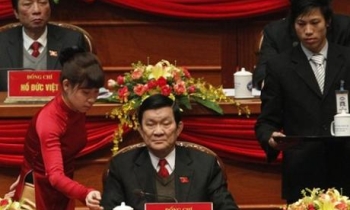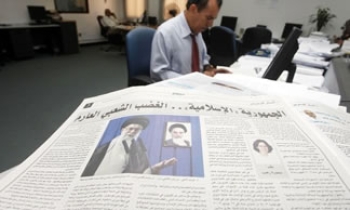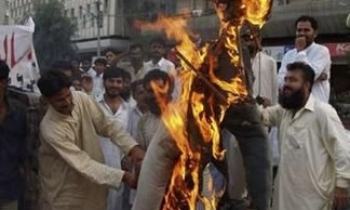MUMBAI: In less than a month, Mumbai Mirror, India's first, quality morning compact newspaper, has notched sales of over 1.5 lakh copies a day. This includes both booked subscription copies (delivered by vendors at homes), and steadily-rising newsstand sales.
This makes it the No 1 compact in Mumbai (Mid-Day, a tabloid, has seen edition-sales drop to 1.24 lakh copies, from its earlier high of 1.4 lakh as per ABC JD04), and therefore, the unambiguous No 2 mainstream, English newspaper in the city (after The Times of India).
While obviously spreading a sense of joy at its parent company, it is also making its executives work overtime. The reason: Demand outpacing supply.
"Reader response to Mumbai Mirror has been so strong that it's caught us by surprise – pleasantly, I should add," said a senior executive, "It is rapidly-growing demand that we had not anticipated so soon. We have been receiving reports from customers, exposed to our advertising and publicity, that they're unable to buy the paper from either vendors or newsstands."
He added that the company has been exploring all options to ramp up printing to service this surging demand. "You will soon see a dramatic rise in supply."
Mumbaikars response to Mumbai Mirror attests what senior newspapermen at the 12th World Editors Forum at Seoul recently converged on: That small is big. It echoes the success of The Independent and The Times newspapers in London. Unlike tabloids, compacts retain the sophistication and breadth of coverage of traditional broadsheet newspapers, but deliver news in a puncher, racier style, and a format that's easy to carry around.
"I think what really separates Mirror from other papers is its coverage of sports, entertainment and city news," explains Kiran Joglekar, a Bandra resident. "I don't find the same stories, or analysis, in other city papers."
It's not just the size, said the Mirror executive. What distinguishes compacts like Mirror from tabloids or other similar-sized papers is the breadth of news coverage, and the depth within select stories in each section. It is a new way of news-publishing.
He holds up recent story breaks like Saif Ali Khan's interview to Mirror on the agony of his divorce from Amrita Singh; an interview of Mumbai University's vice-chancellor on dress codes for students, while, at the same time, pointing towards the insight and depth of stories on Sachin Tendulkar's precious elbow, or the investigative report on the farce of low air-fares.









